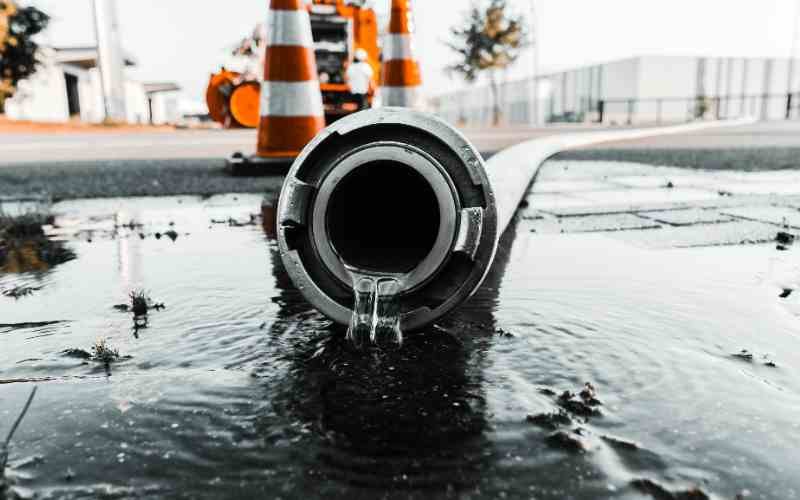Parts called hydraulic hose fittings are used in hydraulic systems to join hoses, pipes, and tubes. To preserve seal quality, and hose pressure, and lower the danger of torqueing, it is crucial to choose the proper hydraulic hose fitting. We created this guide to assist you to choose the best hydraulic hose fittings for your needs out of the wide variety that is offered online.
Key Things to Think About Before You Buy.
Sizing – For maximum functioning, selecting the right size is crucial. The size of the vessels to which a hydraulic fitting is linked determines its size. Inside diameter (ID) and outer diameter (OD), which are measured in inches (in) or millimeters, are used to size tubes, hoses, and pipes (mm). The performance of the hose will be affected by a fitting that is either too large or too tiny since it won’t connect or seal correctly.
Material: A variety of materials, including steel, cast iron, aluminum, brass, and polymers, are used to make hose fittings. Plastics are less often utilized than metals because high pressures call for stronger materials. For the hose pressure and seal quality to be maintained, the proper material selection is crucial. The breakdown of our materials is as follows:
Brass is resilient to corrosion, robust, and long-lasting. Due to its good performance qualities and machinability, the material is often utilized for smaller compression.
Because of its advantages in terms of corrosion resistance and low density, aluminum is employed despite its poor tensile strength. Due to its weakness, this material shouldn’t be preferred over brass for high-pressure hydraulic systems.
Steel has great resistance to heat and is robust and long-lasting. In order to increase its poor corrosion resistance, it is frequently alloyed with additional substances. Compared to materials like brass and aluminum, stainless steel has a better tolerance to corrosion but is often more costly.
In order to preserve the performance of the hose, hydraulic systems must use the proper material for hose fittings. Brass would be the most recommended material for hose fittings despite the fact that each metal has advantages of its own. Brass is a reasonable, cost-effective fitting with a robust and lasting density. Brass fittings are appropriate for a variety of media, primarily in the hydraulic and pneumatic sectors, but not just for water, oil, and air. Browse our extensive selection of brass hose tails and fittings.
When selecting a hydraulic hose fitting, pressure rating is crucial since hydraulic systems generate a lot of pressure that has to be controlled by the hose fitting in order to lower the danger of torqueing. The maximum operating pressure of the hose and the fitting component together determine the rating of a hose assembly.
Operators of machinery may be at risk from hose fitting malfunctions. Although to some they may seem to be little, unimportant parts of a hose system, they are a vital part of the fluid power transmission system. Before making a purchase, think about the product’s dependability. O rings are highly regarded because of their seal fits, which lower the possibility of torqueing, and JIC fittings have long been the industry standard.
Common Hydraulic Fitting Types
BSP – (British Standard Pipe) The only difference between the BSP connection and National Pipe Straight Mechanical (NPSM) is the thread pitches, which vary according to size. The tapered nose/flareless swivel on the BSP female swivel seals on the cone seat of the male. These fixtures have inch measurements.
JIC-JIC (Joint Industry Council) fittings are often used in diagnostic and test-point settings, particularly where high pressure is involved.
Millimeters are used to measure the Metric L Series and Metric S Series. The size, unless otherwise stated, refers to the outer diameter.
ORFS – (O Ring Face Seal). The male fitting features an O-ring in the face and a straight thread. The female features a machined smooth face and a straight thread. Similar to a split flange fitting, the seal is created by squeezing the O-ring against the flat face of the female. Mechanically, the connection is held by the threads.
Final thoughts
When selecting the proper hydraulic hose fittings, it is crucial to take into account the many elements that affect their performance. Following assembly instructions to the letter guarantees a strong connection rather than a problem in the making. If you want more help determining which hose fittings to choose, get in touch with us or browse our selection of hydraulic hose fittings for the best available goods.








